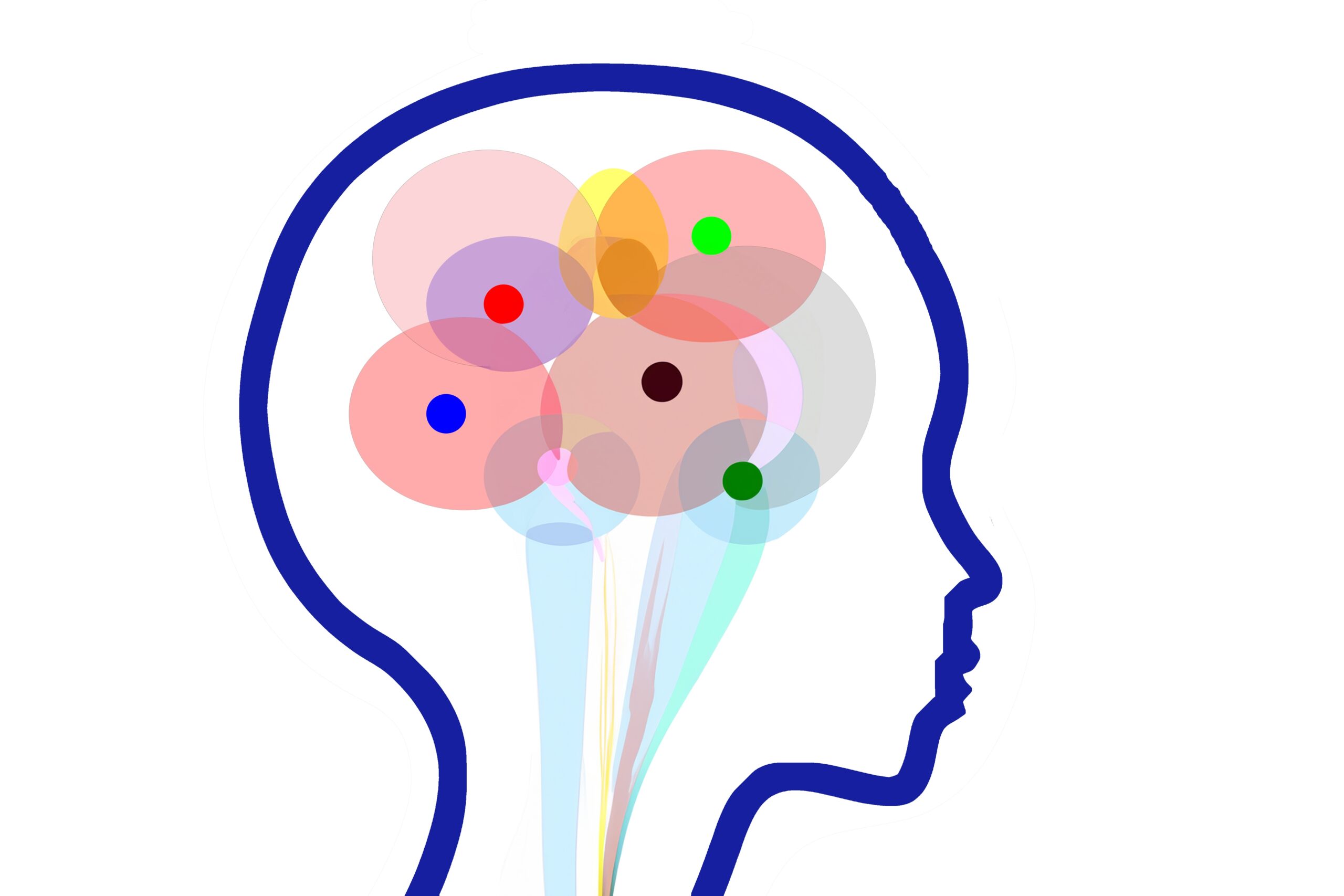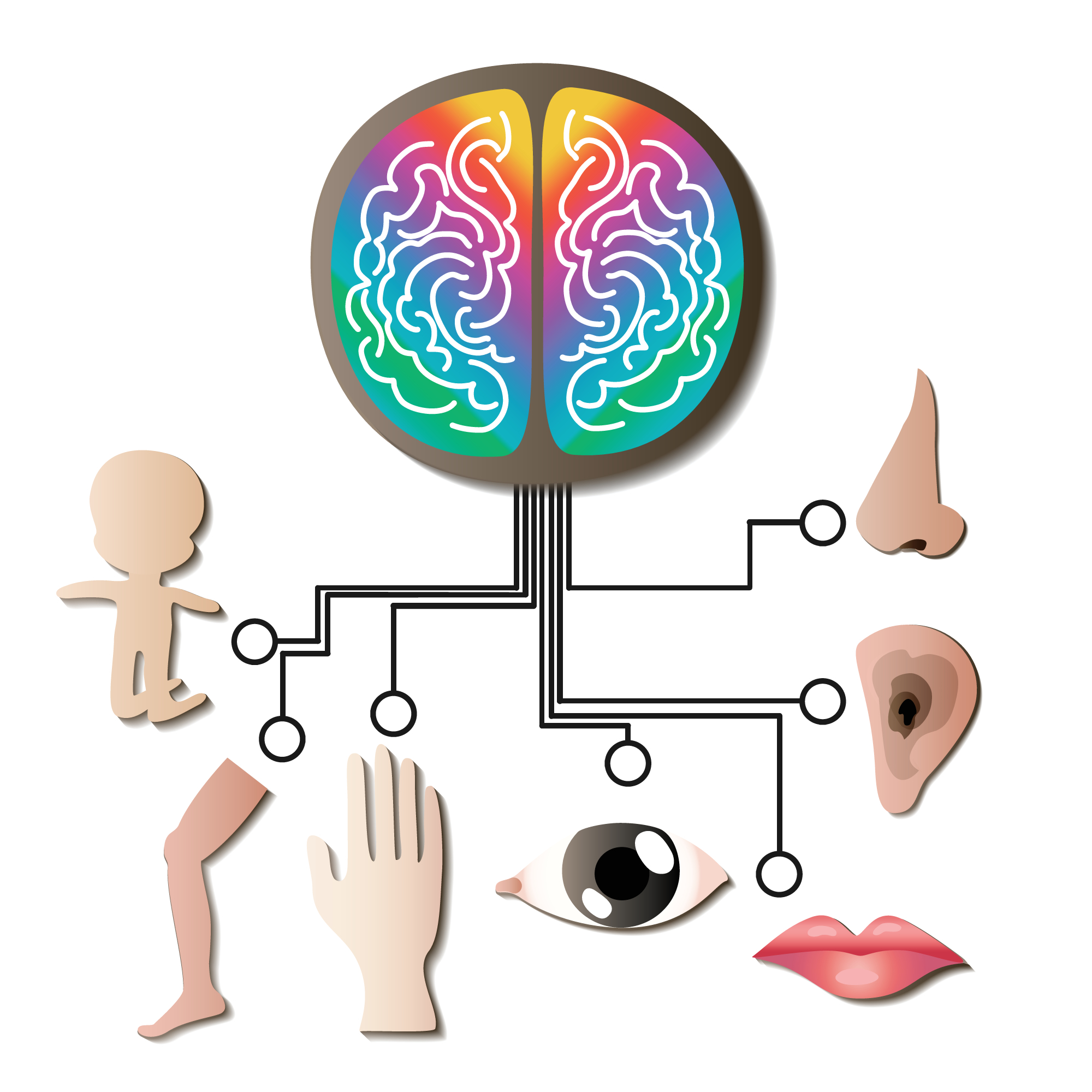
Blog
Executive Function Disorder Strategies for Middle Schoolers
Author: DrSensory
August 9, 2025
Executive Function Disorder Strategies for Middle Schoolers
The jump to middle school is a significant academic and social leap. Suddenly, students are juggling multiple teachers, changing classes, and facing a much heavier workload with long-term projects and complex assignments. For a middle schooler with executive function challenges, this new landscape can feel like trying to navigate a maze without a map. That forgotten homework, messy backpack, and difficulty starting a big project are not signs of laziness or defiance; they are often symptoms of a struggle with a critical set of brain-based skills.
Executive functions are the air traffic control system of the brain. They manage the cognitive processes that allow us to plan, focus, remember instructions, and juggle multiple tasks successfully. When these skills are weak, a condition often referred to as Executive Function Disorder (EFD), the demands of middle school can become overwhelming. Supporting a child with these challenges requires empathy, patience, and a toolbox of practical strategies.
This guide will explain what executive function disorder is, identify the common hurdles middle schoolers face, and provide five practical strategies to help them build focus and organization. We will also share valuable tools and resources for both parents and teachers to create a supportive net for student success.
What Is Executive Function Disorder?
Executive Function Disorder (EFD) is not a formal diagnosis in the same way ADHD is, but rather a term used to describe significant difficulties with a group of mental skills. These skills, housed in the brain’s frontal lobe, are essential for goal-directed behavior. They are the “CEO” of the brain, responsible for analyzing, planning, executing, and adjusting as needed.
The core executive functions can be broken down into several key areas:
- Working Memory: The ability to hold information in your mind while performing a task, like remembering a multi-step direction or solving a math problem.
- Inhibitory Control (Self-Control): The skill of thinking before acting, managing impulses, and staying focused despite distractions.
- Cognitive Flexibility (Flexible Thinking): The ability to shift perspectives, adapt to new rules or demands, and approach a problem in a different way when the first attempt fails.
These three core skills work together to enable higher-order functions like planning, organization, time management, and task initiation. For middle schoolers with EFD, these processes are not automatic and require immense mental effort.
Common Challenges for Middle Schoolers with EFD
The middle school environment places a heavy demand on executive functions. The transition from a single elementary classroom to a complex daily schedule can amplify existing weaknesses, leading to a variety of challenges.
- Disorganization: Backpacks become a black hole for papers, lockers are a mess, and students frequently lose assignments, books, or personal items. They struggle to create and maintain a system for their belongings.
- Poor Time Management: A middle schooler with EFD may have no realistic sense of how long a task will take. They might save a multi-week project for the night before it’s due or spend too much time on one small part of an assignment.
- Difficulty with Planning and Prioritizing: When faced with homework from six different classes, they may not know where to start. Breaking down large projects into smaller, manageable steps is a major hurdle.
- Trouble Initiating Tasks: “Getting started” is often the hardest part. The student may stare at a blank page, feeling paralyzed and overwhelmed by the assignment, a phenomenon sometimes called “task paralysis.”
- Weak Working Memory: They may forget verbal instructions moments after hearing them, have trouble following multi-step directions, or forget what they just read in a textbook.
These struggles can lead to academic underperformance, high levels of stress and anxiety, and conflict at home over homework and responsibilities.
5 Practical Strategies to Improve Focus and Organization
The goal is not to “fix” executive function deficits but to provide external supports and teach strategies that act as a scaffold, helping students build skills and independence over time.
1. Make Everything Visual
Students with EFD often struggle with abstract concepts like time. External, visual aids make these concepts concrete.
- Use Checklists: Work with your child to create a simple checklist for their morning, after-school, and bedtime routines. Laminated checklists with a dry-erase marker are great. For homework, every assignment should be broken down into a checklist of small steps.
- Color-Code Everything: Assign a specific color to each school subject. Buy folders, notebooks, and binders in that color. This simple visual cue helps them quickly grab the right materials for each class.
- Use Analog and Digital Calendars: A large wall calendar showing long-term due dates and a daily planner for nightly homework helps visualize time. Apps like Google Calendar can provide helpful reminders.
2. Break It Down
Large, multi-step projects are the ultimate EFD challenge. The strategy of “chunking”—breaking big tasks into small, concrete pieces—is essential.
- Work Backward from the Due Date: For a big report, sit with your child and map out the steps on a calendar: Week 1: Choose a topic and find sources. Week 2: Write an outline. Week 3: Write the first draft. Week 4: Revise and finalize.
- The “10-Minute” Rule: To combat task paralysis, encourage your child to work on an assignment for just 10 minutes. Often, getting started is the biggest barrier, and once they begin, they can keep going.
3. Externalize Time
Help your child see and feel the passage of time.
- Use Visual Timers: A Time Timer, which shows a red disk that shrinks as time elapses, is an excellent tool. Sand timers or phone timers also work well. Set a timer for a 25-minute work block, followed by a 5-minute break (the Pomodoro Technique).
- Estimate and Compare: Before starting a task, ask, “How long do you think this will take?” Write it down. When they finish, compare the actual time to the estimate. This practice helps build a more realistic internal sense of time.
4. Create a “Launch Pad”
Designate one spot by the door where everything needed for the next day is placed.
- The Nightly Pack-Up: Make packing the backpack part of the evening routine, not the frantic morning rush. Use a checklist to ensure everything is there: homework in folders, lunch money, gym clothes, signed permission slips. This spot becomes the “launch pad” for a smooth morning.
5. Declutter the Environment
A disorganized physical space contributes to a disorganized mind.
- The Homework Zone: Create a dedicated, clutter-free space for homework with all necessary supplies readily available. This reduces the time spent searching for a pencil or a ruler, which can easily derail focus.
- The Weekly Clean-Out: Schedule 15 minutes at the end of each week to clean out backpacks and binders. File away graded papers and organize loose worksheets. This prevents the slow buildup of chaos.
Tools and Resources for Parents and Teachers
Supporting a middle schooler with EFD is a team sport. Open communication and consistent strategies between home and school are vital.
For Parents:
- Read Up: Books like “Smart but Scattered” by Peg Dawson and Richard Guare are invaluable resources for understanding and implementing strategies.
- Advocate at School: Talk to your child’s teachers and school counselor. Your child may be eligible for a 504 Plan or an IEP, which can provide formal accommodations like extended time on tests, preferential seating, and receiving class notes.
For Teachers:
- Post Agendas and Instructions: Provide a clear, written agenda on the board and post assignments in a consistent online location.
- Provide Graphic Organizers: Offer templates for writing assignments or outlines for note-taking to provide structure.
- Check Planners: A quick check of a student’s planner at the end of class can ensure they have written down assignments correctly.
By implementing these strategies, you can reduce frustration, build confidence, and help your middle schooler develop the crucial life skills they need to succeed.

Frequently Asked Questions (FAQs)
❓Is Executive Function Disorder the same as ADHD?
No, but they are very closely related. Nearly all individuals with ADHD have significant executive function challenges. However, a person can have EFD without having ADHD. EFD can also be associated with learning disabilities, autism, or brain injuries.
❓Will my child outgrow their executive function challenges?
Executive functions continue to develop until the mid-20s. While the skills will mature, a child with significant deficits will likely always have some weakness in this area. The goal of intervention is not to “cure” EFD but to teach compensatory strategies that allow them to succeed despite their challenges.
❓How can I get my child evaluated for EFD?
A neuropsychological evaluation is the most comprehensive way to assess executive function skills. This is performed by a neuropsychologist. Schools can also conduct evaluations that may identify weaknesses in this area as part of an assessment for a learning disability or other health impairment.
❓What is the best type of planner for a middle schooler with EFD?
The best planner is one they will actually use. Look for planners with a simple, clean layout that shows the whole week at a glance. Many students prefer planners that have space for each subject every day. Experiment to see what works best.
❓How do I help without ``doing it for them``?
The goal is to be a coach, not a manager. Instead of telling them what to do, ask guiding questions: “What do you have for homework tonight? What do you plan to start with? How long do you think that will take?” This models the thought process of planning and helps them internalize the skills.
related blogs
Your child is constantly moving, crashing into furniture, or having meltdowns in response to seemingly minor things like a loud
Your toddler refuses to wear certain clothes, has huge meltdowns in noisy places, or is an extremely picky eater, limited
Your child seems to miss verbal instructions, struggles to follow conversations in noisy environments, and often asks "what?" even when
On the surface, autism and Ehlers-Danlos syndrome (EDS) might seem like two entirely unrelated conditions. One is a neurodevelopmental condition
The intense head pain begins, lights feel blindingly bright, and every sound seems amplified to an unbearable level. You retreat










































































